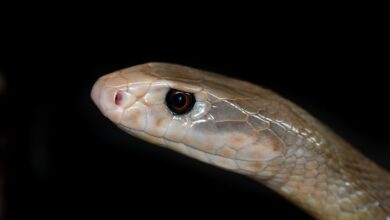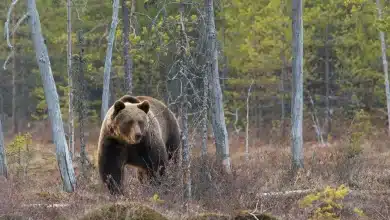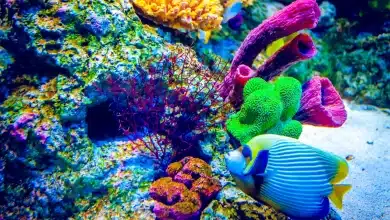Japan’s dramatic changes in seasons and rugged landscapes make it an area of the Earth that is teeming a biodiversity. The Japanese macaques are one of their most distinctive and iconic species. They’re also known as snow monkeys. The snow monkeys aren’t just a tourist attraction. They are also a fascinating example of how animals adapt to extreme environmental conditions. The interaction between their habitat, behaviours, and geography, which shaped them, offers insights into the interplay of nature and species survival on one of the most volcanically diverse and climatically varied archipelagos in the world.
Geographic Context of Where Snow Monkeys Live
The Japanese Macaque ( Macaca Fuscata ) is an endemic species of Japan. It is the northernmost primate that does not belong to the human family. These monkeys can be found on the Japanese islands of Honshu, Shikoku and Kyushu. The most famous monkey population is found in the mountainous region of Jigokudani in Nagano Prefecture, on Honshu Island. The name “Jigokudani,” which translates as “Hell Valley,” is a reference the geothermal activity in the area, including steaming vents and boiling water that dot its snowy landscape.
Jigokudani lies within the Joshinetsu Kogen National Park. This area is characterised by steep mountains, dense forests and snowfall that can reach up to a meter in depth during winter. The elevations here range from 850 metres to 1,500 metres, creating a climate of temperate montane climate that is beyond the endurance of primates. Snow monkeys are often pictured relaxing in hot springs while snowflakes fall from the sky.
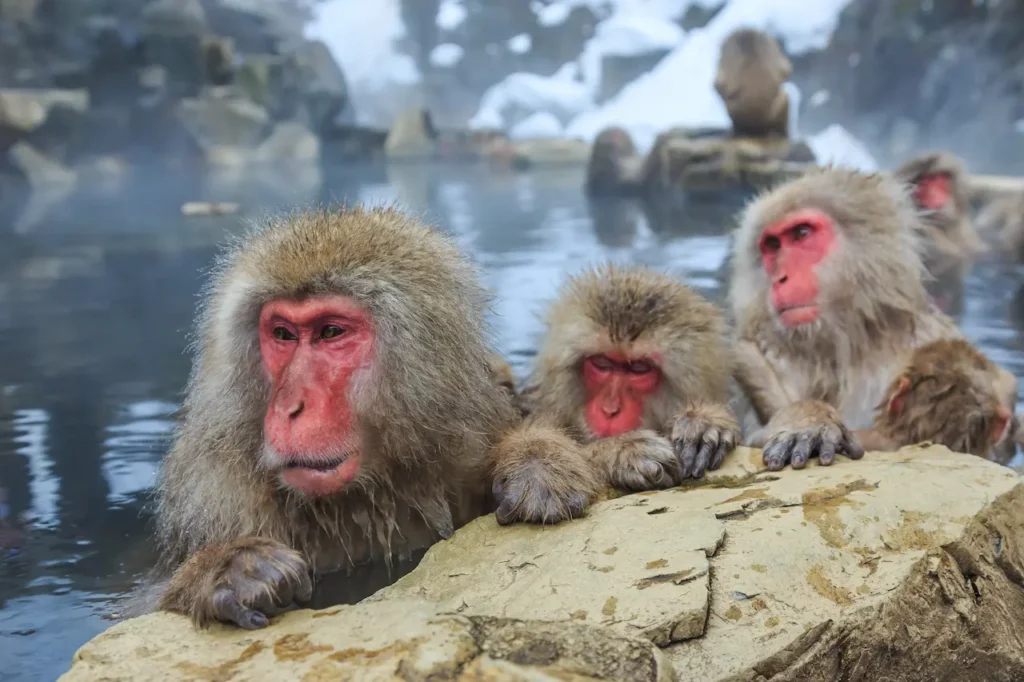
Climate and Environmental Adaptation
Snow monkeys in Nagano are subjected to a subalpine environment marked by harsh winters and heavy amounts of snow. From December to March, temperatures often drop below zero. Japanese macaques, in response to the harsh environment they live in, have developed several adaptations. These adaptations reflect the close connection between geography and evolutionary biology.
The dense fur of macaques is an excellent example. Macaques in northern populations grow thick coats to conserve heat. Their shorter tails than tropical monkeys reduce surface area, which minimises heat loss. This adaptation is common in animals living in colder climates and is known as Allen’s Rule.
Behavioural adaptations are also important. Monkeys are often observed soaking in hot springs, sunbathing and huddling for warmth. This hot-spring behaviour is not innate, but was learned. In the 1960s, a female macaque first entered the warm water of an onsen (traditional inn) near a local Ryokan. Other members of the troop quickly followed, and today, multiple generations are continuing this practice. This behaviour transmission shows the impact of cultural geography where humans have altered landscapes to influence animal behaviour.
Ecological Diet
Japanese macaques are omnivores, and their diets vary according to the season and geographical availability. In the summer, they eat a lot of fruit, seeds, leaves and insects. When the snow covers the landscape in winter and the plant life is scarce, they become more opportunistic. In winter, they dig through the snow for tree bark, roots and dormant plants. They may also eat human food if near tourist or town areas.
This seasonal shift in diet reflects ecological constraints as well as environmental ingenuity. Snow monkeys consume less nutrient-dense foods during winter. This suggests that their metabolism can adapt to nutritional stress. Their home ranges also tend to be small, a trait influenced by the mountainous terrain.
Social Structure and Intelligence
Snow monkeys’ social organisation reflects their difficult environment. The snow monkeys live in groups of 20 to 100 individuals that are organised in hierarchical structures with dominant males and matrilineal female lines. In the cold, social cohesion and group huddling are essential for survival.
Japanese macaques have a reputation for intelligence and their ability to solve problems. One of the most noteworthy examples is from Koshima Island, where a group of macaques were observed washing sweet potatoes with seawater. This behaviour was started by one individual and then passed on to others. It suggests a capacity for cultural transmission and innovation.
Snow monkeys in Nagano also demonstrated their ability to adapt and learn within altered landscapes. Researchers have documented the way these macaques can navigate ski resorts and open containers. They also learn how to time their visits to hot springs to avoid crowds of tourists. These behaviours demonstrate the strong relationship between geography, environmental pressure, and cognitive adaptation.
Tourism and Conservation Geography
Jigokudani (Snow Monkey Park), established in 1964, was created as a sanctuary for visitors to observe monkeys in their natural habitat. The park balances human interactions with conservation goals despite its popularity among international tourists. The monkeys can only be viewed from designated walkways. Feeding is not allowed to avoid dependence.
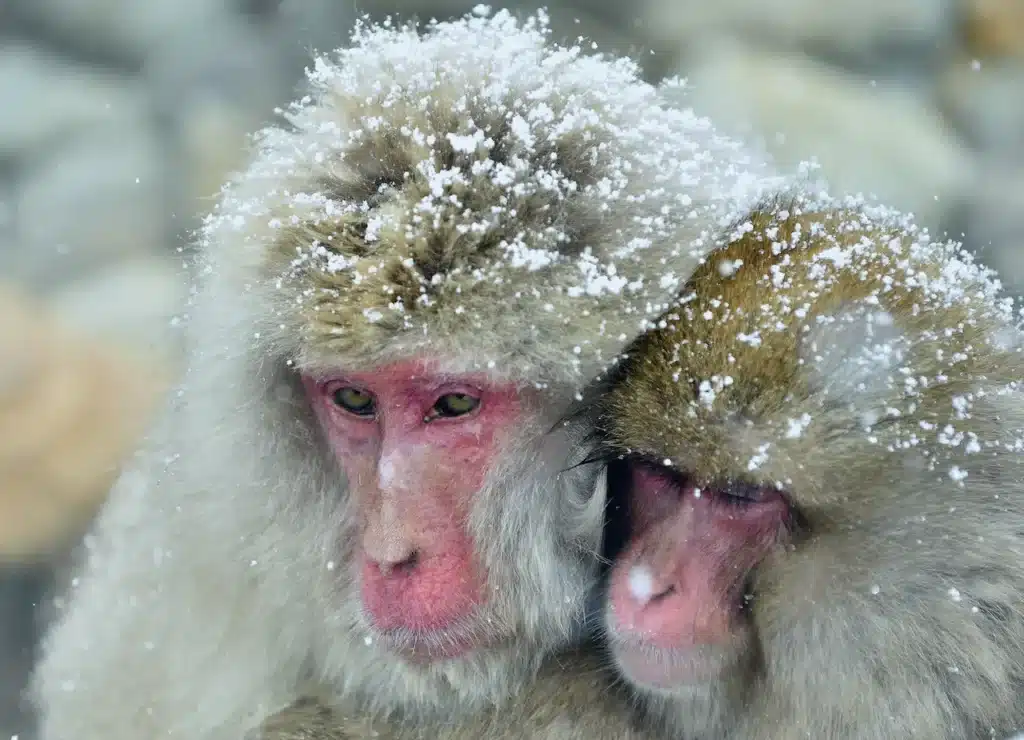
The creation of the park and its role in ecotourism are examples of applied conservation geography, a field that integrates environmental science and land-use planning for both species preservation as well as sustainable tourism. It is a challenge to protect the monkeys’ behaviour while also providing economic incentives for local communities via eco-tourism.
Another geographic consideration is access to the park during different seasons. The trail to the monkeys is a 1.6-kilometre trek through snow in winter. It is important to maintain the habitat of the monkeys, but it also requires careful planning of infrastructure to minimise human impact.
Wider Biogeographic Significance
The story of Japan’s snow monkeys is a fascinating addition to the field of biogeography, the science that studies the distribution of species in relation with physical geography and evolutionary history. The presence of snow monkeys in high latitudes challenges the traditional understandings about primate ecology. Often, it is thought that primates are restricted to tropical or subtropical areas.
Their survival strategies contribute to climate adaptation studies. The snow monkey is a model species for understanding how to adapt to changing environmental baselines.
Nature’s resilience in the Japanese Highlands
Snow monkeys are a geographical and biological marvel in the central Japanese highlands. The ability of snow monkeys to survive in a harsh environment with heavy snowfall, steep terrain and freezing temperatures is a testament to nature’s adaptability and resilience. They are not just viral photos, but also indicators of how the geography of life shapes and is shaped by geography.
In our quest to understand the changing world, species such as the Japanese macaque show us that survival is more than just biology. It’s also about geography, culture and environmental memory. The snow monkeys are one of Japan’s most amazing geographical wonders. They live in the steam-filled valleys near Jigokudani.

